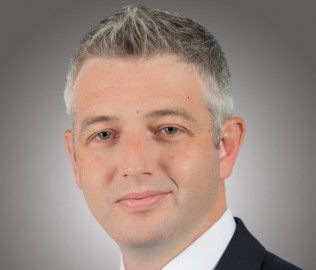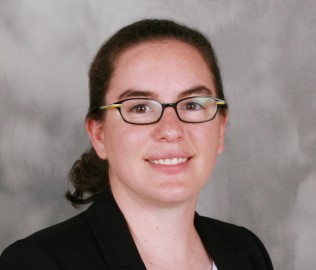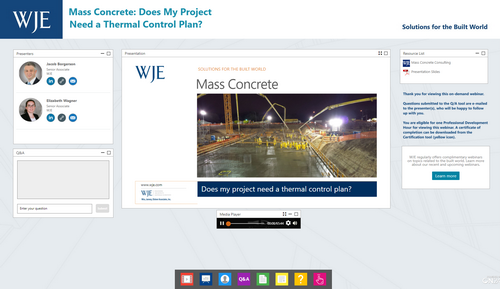When concrete is mixed, a chemical reaction occurs between the cement and water that generates heat. This is known as heat of hydration. For large concrete elements designated as mass concrete, a substantial amount of heat can be generated. The American Concrete Institute, however, does not specifically define the size limits of mass concrete. As a result, the specifier for the project is responsible for determining what constitutes “mass concrete.”
In this webinar, WJE engineers Jacob Borgerson and Elizabeth Wagner discuss factors that contribute to heat generation and concerns associated with mass concrete (e.g., thermal cracking, delayed ettringite formation). This presentation will benefit engineers, architects, testing laboratories, contractors, ready-mix suppliers, owners, and anyone who has wondered if their project needed a thermal control plan.
By the end of the webinar, you will be able to:
- List factors that contribute to heat generation in mass concrete,
- Identify risks associated with high temperatures in concrete,
- Summarize key components of a thermal control plan, and
- Describe various methods for controlling temperature rise and temperature differentials in mass concrete.
more to learn
View this webinar in our interactive audience console to earn 1 AIA learning unit, access related resources, submit questions to the presenters, and download a certificate of completion.
RELATED INFORMATION
-
 Jacob L. Borgerson, Associate PrincipalWJE Houston MORE >People | Jacob L. Borgerson, Associate Principal
Jacob L. Borgerson, Associate PrincipalWJE Houston MORE >People | Jacob L. Borgerson, Associate Principal -
 Elizabeth I. Wagner, Senior AssociateWJE Northbrook MORE >People | Elizabeth I. Wagner, Senior Associate
Elizabeth I. Wagner, Senior AssociateWJE Northbrook MORE >People | Elizabeth I. Wagner, Senior Associate -
 From 8-foot-diameter columns to 9,000-cubic-yard placements, WJE provides a wide range of... MORE >Services | Mass Concrete Consulting
From 8-foot-diameter columns to 9,000-cubic-yard placements, WJE provides a wide range of... MORE >Services | Mass Concrete Consulting -
 Our materials scientists provide comprehensive consulting services for the evaluation and... MORE >Services | Materials Evaluation and Testing
Our materials scientists provide comprehensive consulting services for the evaluation and... MORE >Services | Materials Evaluation and Testing




































